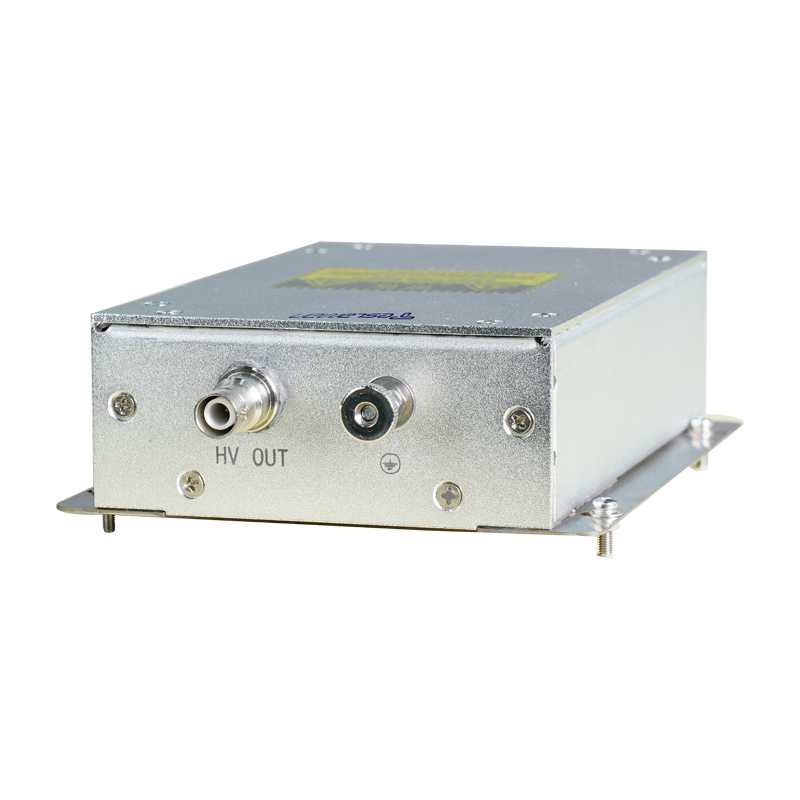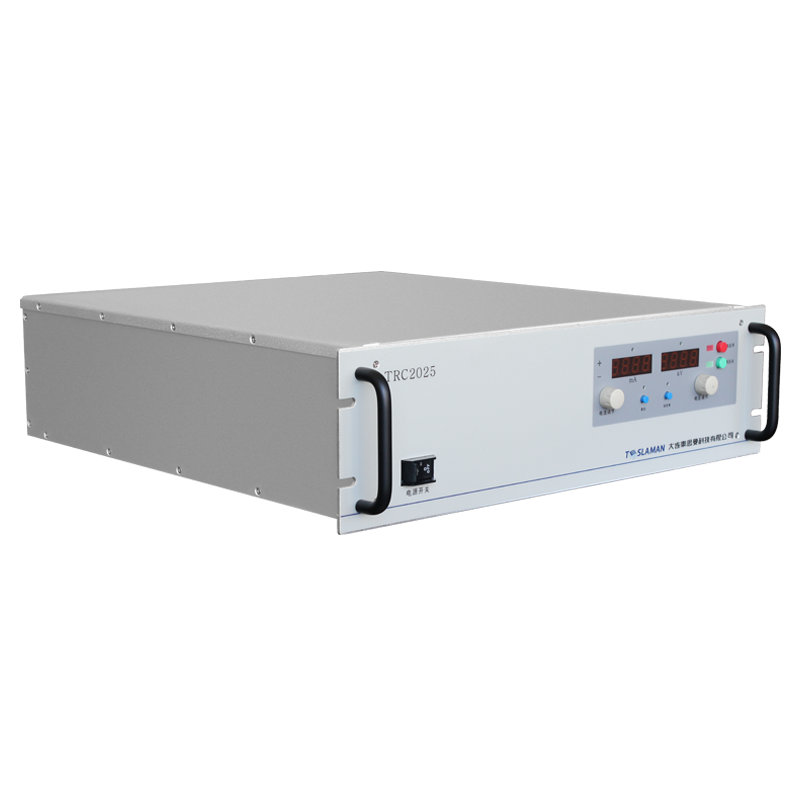Research on Multi-Parameter Collaborative Control of High-Voltage Power Supply in Semiconductor Etching Equipment
Introduction
Plasma etching is a core process determining device precision in semiconductor manufacturing. The high-voltage power supply system in etching equipment directly controls plasma density, energy distribution, and reaction activity, with its dynamic response characteristics critically affecting etch rate, selectivity, and critical dimension uniformity. Traditional single-parameter closed-loop control (e.g., constant voltage or constant current mode) struggles to address non-linear disturbances such as process gas composition changes and wafer loading effects. Therefore, Multi-Parameter Collaborative Control (MPCC) has emerged as a key technological pathway to expand the process window for etching.
Technical Challenges
1. Multi-Physics Field Coupling
Plasma etching involves coupled electromagnetic fields, chemical reaction flows, and thermodynamics. The output characteristics of high-voltage power supplies (e.g., frequency, pulse width, phase) directly affect sheath voltage distribution, thereby altering ion bombardment energy and angular distribution. Adjusting a single parameter may trigger chain effects, such as:
• Increased frequency may reduce plasma density but elevate electron temperature;
• Excessive pulse width modulation can cause local overheating, degrading mask selectivity.
2. Time-Varying Load Disturbances
Chamber impedance changes non-linearly as etching depth increases. In deep silicon etching (Bosch process), for example, when alternating between SF₆ and C₄F₈ gases, plasma impedance jumps within a 10–200Ω range, requiring millisecond-level impedance matching reconstruction.
Collaborative Control Architecture
A three-tier control framework is proposed:
1. Base Layer: Multi-Mode Power Topology
A high-frequency inverter + resonant network scheme supports four operational modes:
• Voltage Priority Mode: ±0.1% accuracy (50–1500V) for shallow etching;
• Current Priority Mode: <5μs dynamic response to RF bias transients;
• Power Density Balancing Mode: Edge effect suppression via phase modulation;
• Pulse Burst Synergy Mode: Decoupled control of duty cycle and amplitude at 5kHz pulses.
2. Middle Layer: Parameter Decoupling Algorithm
State-space model establishment:
\[
\begin{bmatrix}
V_{dc} \\
I_{rf}
\end{bmatrix} =
\begin{bmatrix}
G_{11}(s) & G_{12}(s) \\
G_{21}(s) & G_{22}(s)
\end{bmatrix}
\begin{bmatrix}
f_{sw} \\
\tau_{pw}
\end{bmatrix} +
\begin{bmatrix}
D_1(s) \\
D_2(s)
\end{bmatrix}Z_{load}
\]
A feedforward-feedback compound controller reduces voltage-frequency cross-coupling gain below 0.05 via Singular Value Decomposition (SVD).
3. Upper Layer: Process Indicator Mapping
Response surface model linking etch rate (ER), selectivity (SR), and electrical parameters:
\[
ER = k_1 \cdot \left( \frac{V_{pp}^{2.3}}{P_{avg}} \right) e^{-E_a / kT_e}
\]
Real-time optimization using Model Predictive Control (MPC):
\[
\min \sum_{t=0}^{N_p} \SR_{target} SR_t \ ^2 + \lambda \cdot \ \Delta V_{dc} \
^2
\]
Experimental Validation
MPCC implementation in a deep silicon etcher demonstrated:
• Uniformity Improvement: Etch depth range on 300mm wafers reduced from ±4.1% to ±1.7%;
• Selectivity Control: SiO₂/Si selectivity precisely adjusted between 20:1 and 100:1;
• Transient Recovery: Power fluctuation during gas switching compressed from 23% to below 5%.
Conclusion
Multi-parameter collaborative control of high-voltage power supplies significantly expands etching process windows by decoupling complex relationships between electrical parameters and process indicators. Future work should integrate real-time plasma impedance diagnostics with digital twin technology to achieve higher-order autonomous process control.




















